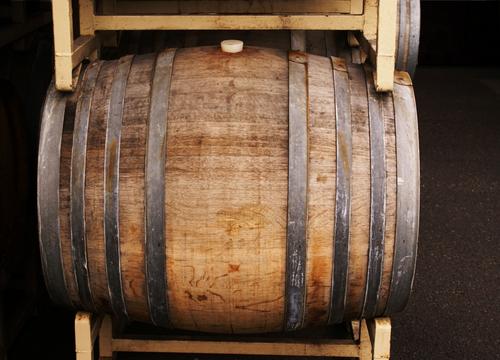Curiosity (Mars Science Laboratory) Set to Launch on Saturday

My August 20th blog entry, “MARS Updates Including The Curiosity Rover, The Flow of Liquid Water and Possible Manned Missions” mentioned that NASA was preparing to launch its latest Mars probe, Curiosity (or the Mars Science Laboratory) sometime after Thanksgiving. It appears that everything is right on schedule because NASA announced yesterday that all systems appear to be set for a launch this Saturday (Nov, atop an Atlas 5 rocket. As NASA only has a small window of opportunity each two years, to shoot a space probe at Mars — After analysis, it was shown that the 26th would be ideal to coincide with that window. The only thing that they have to be concerned with now is the expected gusts of wind and increased cloud cover.
According to a recent article by Space.com, the 10:02 a.m. EST launch on Saturday is expecting crowds in record numbers. NASA states that they are expecting over 13,000 people which will break previous records for the launch of a robotic spacecraft. The crowd number will certainly stack up to the over 12,000 spectators that showed up this summer to witness the Juno spacecraft which launched to Jupiter.
Curiosity has to travel for almost nine months and cover a distance of over 350 million-miles before it touches down with the surface of the red planet. Curiosity has a plethora of upgrades from previous rovers and has high hopes of gathering vast amounts of new data. Much larger than its predecessors, Curiosity will be powered by a plutonium-powered battery which will allow it to collect measurements throughout both the day and night, continuously at an average of about 600 feet per day. Some of the other instrumentation as part of the Curiosity Science Payload (via the Mars Science Laboratory Fact Sheet).
Once Curiosity touches down on the martian surface, its mission is expected to last about two Earth years. If all of the new instruments work properly, we will be proud to say that the new data will be the first of its kind. We will finally have a detailed makeup and analysis of the martian rocks and soil to help us determine the presence of past or current microbial life and/or organic compounds. From the moment that Curiosity enters the Mars atmosphere, it will be streaming useful data such as a continuous stream of high resolution photography. Don’t hold your breath, we will of course have to wait until August of 2012 before it even arrives.
There is no doubt that technological advancements have come a long way since the development of the original rovers. Curiosity is without question the most sophisticated and technological marvel of its kind; to examine another planet’s chemical and geological history, directly from the surface using a man-made machine. It is also without question that we will be flooded with vast amounts of data about the Martian environment that will keep scientists and geologists busy for years to come. As mentioned above, we’ve still got a lot of waiting to do before even the first snapshot is taken.
Until then…





